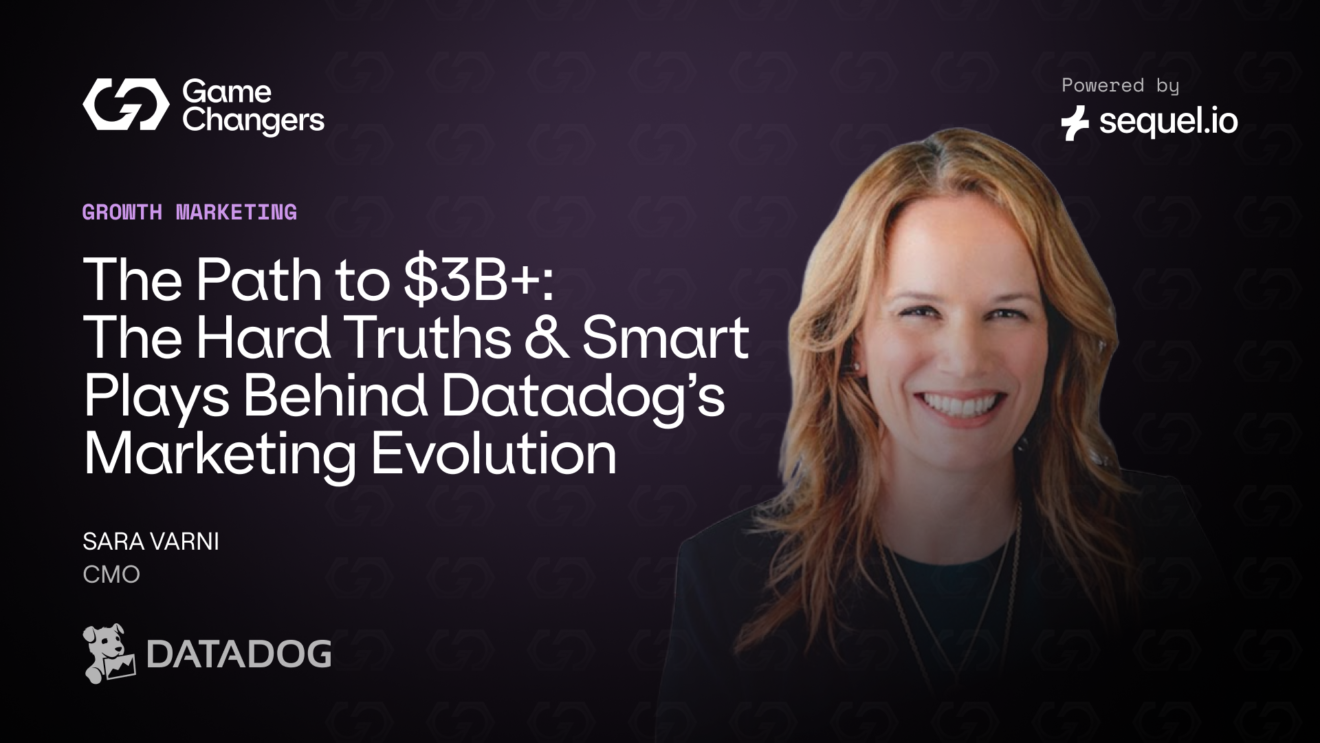Create and capture demand: a playbook for B2B SaaS growth
Learn how to identify buyer intent and capture existing demand while discovering powerful tactics for creating demand in untapped parts of the market. With Jason’s proven approach, multiple SaaS companies have seen explosive growth and unlocked new opportunities.

As a marketer in today’s fast-paced world, understanding and adapting to the constantly changing dynamics of marketing has become crucial. In a recent conversation with Jason Finkelstein, CMO of Gladly, he shared some invaluable insights on marketing strategies and the importance of finding the right balance between demand capture and demand creation.
Finkelstein’s career journey – an engineer turned product manager turned marketer – has given him a unique perspective on growth marketing as a tool for capturing existing demand and creating new demand in companies like Gladly. His team is currently focusing on building a community of customer experience enthusiasts by giving away free content, resources, and educational materials. This community-led growth is designed to create brand awareness and eventually lead to a scalable pipeline for the business.
But how can marketers be efficient with their content and strategies, particularly during economic downturns?
According to Finkelstein, this can be achieved by rigorously reviewing marketing tools, strategies, and programs to optimize the most impactful activities. Creating authentic and valuable content for your community is also key to building strong brand awareness and word-of-mouth referrals. This approach not only cuts down on the costs of traditional paid advertising but also leaves a lasting impression on potential customers.
In our conversation, Finkelstein shared some key points on marketing strategy and tactics:
1. Building a brand: Brand building has evolved from traditional methods like logos and ads to more content-driven strategies focusing on community building and conveying the brand’s tone and personality.
2. AI in marketing: AI can help marketers streamline content creation and other tasks, freeing them up to focus more on strategy and deeper thinking. AI ultimately enables marketers to become more strategically focused if used appropriately.
3. Referral strategies: Human psychology plays an important role in referral strategies, such as considering why someone would refer a product or service and making that process easier and more appealing. Brands should be mindful of their users’ intent and motivations when designing referral programs.
4. Favorite marketing tools: Salesforce is highlighted as an essential go-to-market tool that assists with tracking prime sources of pipeline and revenue.
5. Allocation of resources: The percentage allocation between capturing existing demand and creating new demand depends on the company’s stage and scale. Early-stage companies should focus purely on capturing demand, while larger, more established companies should allocate more resources to creating new demand.
In conclusion, the marketing landscape is constantly evolving, and adapting to these changes is vital for success. By understanding the balance between capturing existing demand and creating new demand, marketers can effectively allocate resources to achieve growth. Authentic content creation, community-building, and leveraging AI are just a few of the strategies that can help your brand navigate the complex world of marketing and ultimately succeed!





